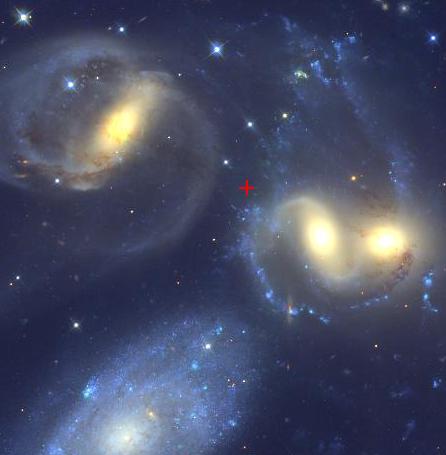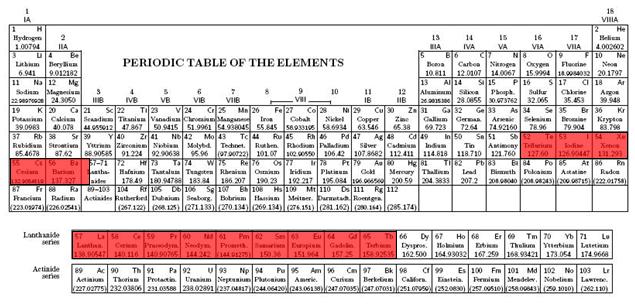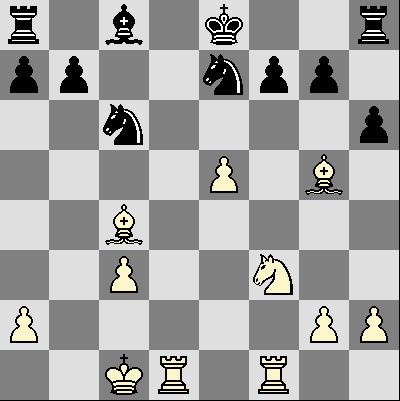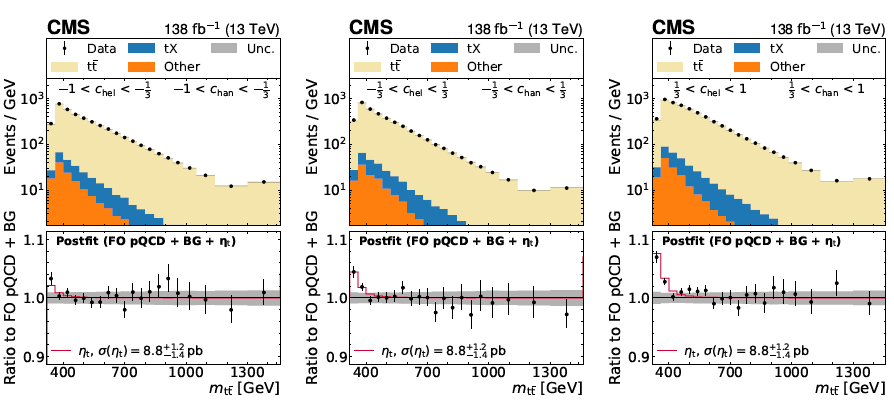 Toponium Found By CMS!
Toponium Found By CMS!The highest-mass subnuclear particle ever observed used to the the top quark. Measured for the...
 The Problem With Peer Review
The Problem With Peer ReviewIn a world where misinformation, voluntary or accidental, reigns supreme; in a world where lies...
 Interna
InternaIn the past few years my activities on this site - but I would say more in general, as the same...
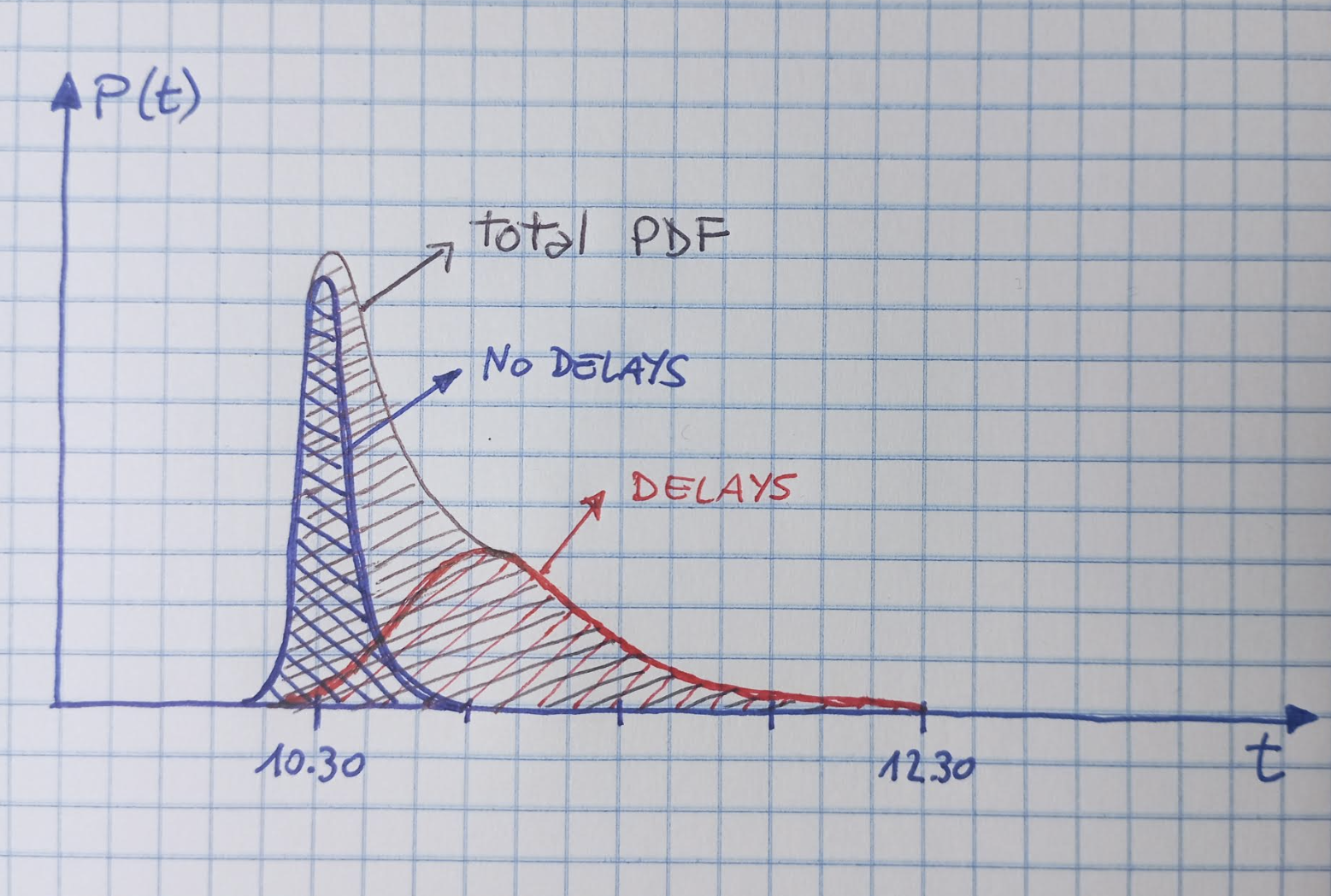 The Probability Density Function: A Known Unknown
The Probability Density Function: A Known UnknownPerhaps the most important thing to get right from the start, in most statistical problems, is...




 Antonio Ereditato (left), spokesperson of the Opera collaboration, announced today he stepped down. He is no longer leading the Opera experiment.
Antonio Ereditato (left), spokesperson of the Opera collaboration, announced today he stepped down. He is no longer leading the Opera experiment.